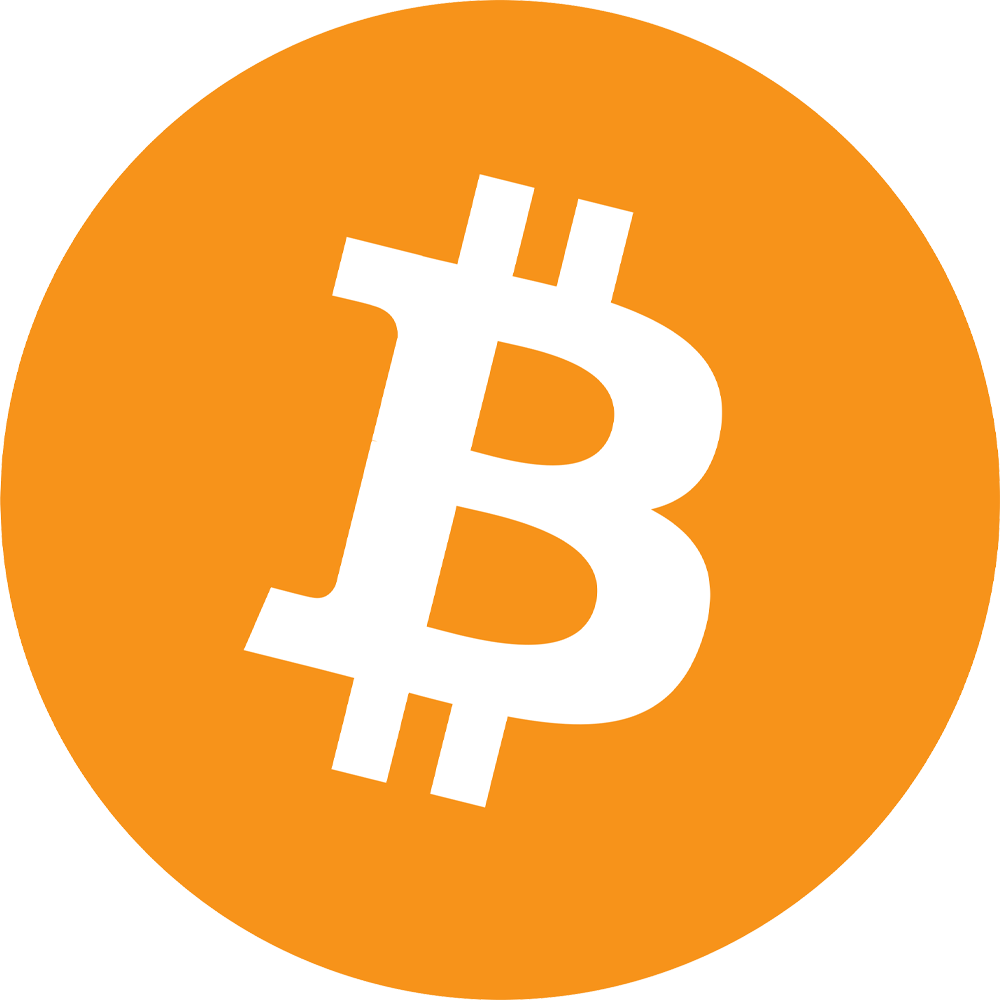
BTC
$66189.51

-0.06 %

ETH
$3077.00

0.33 %

XMR
$134.70
0.00 %

DOGE
$0.15

-0.50 %

SOL
$169.32

0.03 %

AnonExch
4/29/2024, 11:43:04 PM
Stablecoin volume exceeds Visa's 2023 monthly average.
Introduction
In the rapidly evolving landscape of digital finance, stablecoins have emerged as a pivotal player, blending the volatility-resistant characteristics of traditional fiat currencies with the technological prowess of cryptocurrencies. A striking testament to their growing influence is the recent data showing stablecoin trading volumes surpassing Visa's average monthly transaction volumes in 2023. This milestone not only marks a significant shift in how transactions are conducted worldwide but also underscores the increasing trust and reliance on digital currencies for everyday financial operations.
Understanding Stablecoins
Stablecoins, as their name suggests, are designed to offer stability in the often turbulent cryptocurrency markets. They achieve this by being pegged to more stable assets, typically fiat currencies like the US dollar, gold, or other cryptocurrencies. The primary types of stablecoins include:
- Fiat-collateralized stablecoins: These are backed one-to-one by traditional currencies held in reserve. Examples include USDC and Tether (USDT), which promise the same amount in USD as backup for each coin issued.
- Crypto-collateralized stablecoins: These are backed by other cryptocurrencies but are often over-collateralized to buffer against market volatility. Dai, pegged against the US dollar but backed by Ethereum, is a prime example.
- Algorithmic stablecoins: Unlike the other types, these are not backed by any reserve but use algorithms to maintain their peg to a certain value, adjusting supply based on changes in demand.
These mechanisms aim to combine the benefits of cryptocurrencies—such as transparency, security, and speed of transactions—with the stability typically associated with traditional money.
Visa’s Transaction Volume Overview
Visa, a giant in the global payments industry, has traditionally set benchmarks in transaction handling, facilitating billions of dollars in daily transactions across over 200 countries. In 2023, Visa reported an average monthly processing volume of approximately $500 billion, a figure reflective of its entrenched position in global commerce. However, this figure has been increasingly challenged by the rise of digital transactions handled via blockchain technologies, particularly stablecoins.
Analysis of Stablecoin Trading Volume in 2023
The year 2023 has been a landmark for stablecoins, with trading volumes reportedly exceeding Visa's monthly averages. Several factors contribute to this surge:
- Increased adoption of digital payments: The COVID-19 pandemic accelerated the shift towards digital payments, with stablecoins offering a viable, secure alternative to traditional methods.
- Growing acceptance among merchants and service providers: As more businesses accept stablecoins, their utility increases, encouraging more users to adopt them for everyday transactions.
- Cross-border transactions: Stablecoins are increasingly favored for remittances and international trade, where traditional banking channels are either too slow or too expensive.
These factors combined have pushed the trading volumes of stablecoins to unprecedented levels, signaling a shift in the global financial paradigm.
Comparative Analysis
When comparing the volume and value of transactions between stablecoins and Visa, several insights emerge:
- Transaction speed and cost: Stablecoins typically offer faster transaction times at lower costs compared to Visa’s traditional credit or debit card transactions.
- Accessibility: Stablecoins can be used by anyone with internet access, whereas Visa's services might be limited by banking infrastructure and credit availability.
- Market reach: Visa's network is vast, but stablecoins are not bound by geopolitical or regulatory constraints, allowing a broader base of users globally.
Impact on the Financial Ecosystem
The rising dominance of stablecoins is reshaping the financial ecosystem, challenging traditional banks and payment systems. This shift suggests a future where digital currencies could coexist with or even replace traditional banking for certain applications, particularly in regions with underdeveloped financial infrastructure.
Challenges and Regulatory Landscape
Despite their advantages, stablecoins face significant challenges, particularly in the regulatory realm. Governments and financial authorities are scrutinizing stablecoins more closely, concerned about their potential to bypass traditional financial systems and the risks associated with their stability mechanisms, especially in the wake of failures like those of some algorithmic stablecoins.
Latest Posts


Bitcoin Bull Cycle Still Strong, Analyst Pizzino's Targets
Bitcoin analyst Jason Pizzino predicts BTC's bull market is far from over. He forecasts a potential 100% gain, targeting $135K, with key psychological levels at $100K and beyond.


A Beginner's Guide: Crypto News
Discover crypto trading secrets with our guide! Master market trends, choose the right exchange, and secure your investments now!


Changpeng Zhao Sentenced to 4 Months in Prison
Binance founder Changpeng Zhao sentenced to 4 months for failing U.S. AML laws, marking a pivotal regulatory moment in crypto.


Stablecoin volume exceeds Visa's 2023 monthly average.
Stablecoin trading now tops Visa's 2023 monthly volume, highlighting their rising role and trust in digital finance.


Eminem now Crypto.com's face, replacing Matt Damon
Eminem replaces Matt Damon as Crypto.com's spokesperson, marking a significant shift in marketing strategy to engage a broader audience.


Binance Founder Zhao's Legal Battle and Crypto Future
Binance founder Zhao faces a potential 36-month sentence for money laundering breaches, signaling a major moment in cryptocurrency exchange regulation.


Tesla Holds Bitcoin Despite Q1 Earnings Drop
Despite Q1 2024 earnings drop, Tesla keeps its Bitcoin, affirming its long-term crypto investment strategy and signaling market stability.


Bitget Study on Crypto Growth in Western Europe
Bitget research reveals fast crypto growth in Western Europe, tracking adoption rates and market trends.
